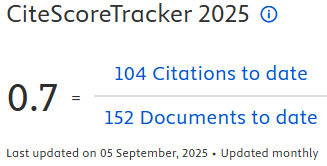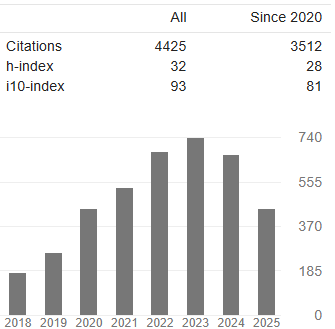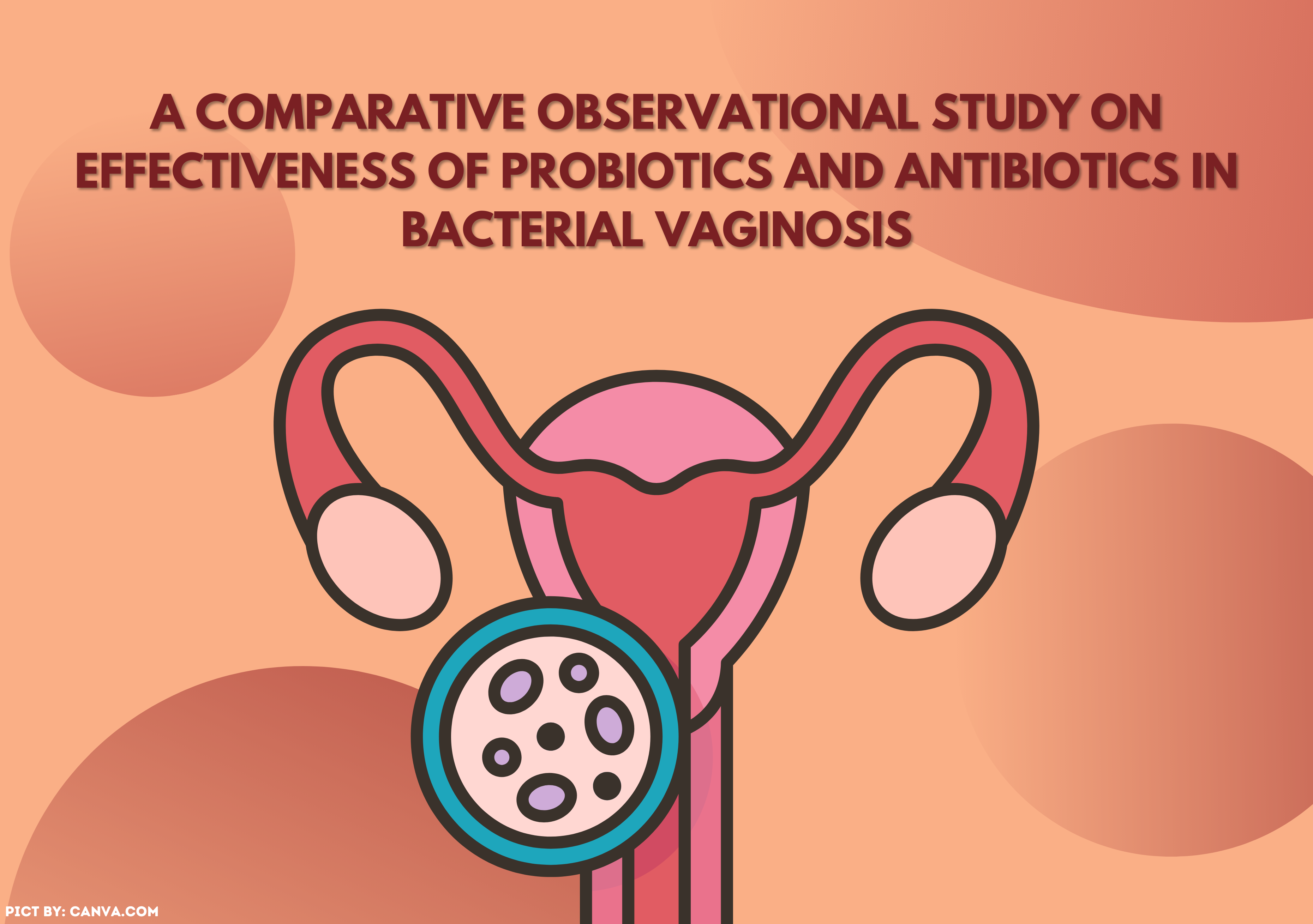FOOD ENVIRONMENT OF JUNIOR HIGH SCHOOLS IN TOMOHON CITY, INDONESIA

Introduction: In Indonesia, child obesity is increasing, and children take a substantial amount of daily calorie from food consumption at school. Methods: This paper describes school food environment in Tomohon City, North Sulawesi Province. We conducted on-site observation and interview with food vendors at 20 junior high schools, describing the food environment by availability and sales of foods and beverages at schools in urban and rural areas. Rice or noodle meals and deep-fried snacks were sold in all schools. Result: The availability and sales of industrial sweets and sugar-sweetened beverages were greater in urban than rural areas, whereas those of fruits were greater in rural areas. Oily and sugary foods and beverages are widely available and consumed by students at schools in the city of Indonesia. Conclusion: Such school food environments and dietary habits should be improved in the effort of halting the increasing prevalence of child obesity.
Central Bureau of Statistics, 2010, 2010 Indonesia Statistics Regulation No. 37 regarding Urban and Rural Classific ation in Indonesia (Peraturan Kepala Badan Pusat Statistik No. 37 Tahun 2010 tentang Klasifikasi Perkotaan dan Pedesaan di Indonesia).
French, S.A., Story, M., Fulkerson, J.A. & Gerlach, A.F., 2003, "Food environment in secondary schools: A la carte, vending machines, and food policies and practices,” American Journal of Public Health, 93(7), 1161–1167.
Gupta, N., Goel, K., Shah, P. & Misra, A., 2012, "Childhood Obesity in Developing Countries: Epidemiology, Determinants, and Prevention,” Endocrine reviews, 33(1), 48–70.
Micha, R., Karageorgou, D., Bakogianni, I., Trichia, E., Whitsel, L.P., Story, M., Penalvo, J.L. & Mozaffarian, D., 2018, "Effectiveness of school food environment policies on children's dietary behaviors: A systematic review and meta-analysis,” Plos One, 13(3), e0194555.
Ministry of Education, C.S.S. and T.-J.N.I. for E.P.R., 2013, School Lunch Program in Japan, 2019(9/18).
Ministry of Health Republic of Indonesia, 2013a, Basic Health Research 2013 in Numbers (Riset Kesehatan Dasar 2013 dalam Angka).
Ministry of Health Republic of Indonesia, 2013b, North Sulawesi Basic Health Research 2013 in Numbers (Riset Kesehatan Dasar Dalam Angka Provinsi Sulawesi Utara 2013).
Ochola, S. & Masibo, P.K., 2014, "Dietary Intake of Schoolchildren and Adolescents in Developing Countries,” Annals of Nutrition & Metabolism, 64(2), 24–40.
Rachmi, C. N., Jusril, H., Ariawan, I., Beal, T., & Sutrisna, A., 2021, "Eating behaviour of Indonesian adolescents: a systematic review of the literature,” Public Health Nutrition, 24(S2).
Sekiyama, M., Kawakami, T., Nurdiani, R., Roosita, K., Rimbawan, R., Murayama, N., Ishida, H. & Nozue, M., 2018, "School Feeding Programs in Indonesia,” æ „é¤Šå¦é›‘誌, 76(Supplement), S86–S97.
Sekiyama, M., Roosita, K. & Ohtsuka, R., 2012, "Snack foods consumption contributes to poor nutrition of rural children in West Java, Indonesia,” Asia Pacific Journal of Clinical Nutrition, 21(4), 558–567.
World Health Organization, 2017, Global Health Observatory Data Repository (South-East Asia Region): Prevalence of obesity among children and adolescents, BMI>+2 standard deviation above the median, crude, 2020(2/23).
World Health Organization - Commission on Ending Childhood Obesity, 2017, Report of the Commission on Ending Childhood Obesity. Implementation plan: executive summary.
World Health Organization - Commission on Ending Childhood Obesity, 2019, Facts and figures on childhood obesity, 2020(1/7).
Copyright (c) 2022 The Indonesian Journal of Public Health

This work is licensed under a Creative Commons Attribution-NonCommercial-ShareAlike 4.0 International License.
- The authors agree to transfer the transfer copyright of the article to The Indonesian Journal of Public Health effective if and when the paper is accepted for publication.
- Authors and other parties are bound to the Creative Commons Attribution-NonCommercial-ShareAlike 4.0 International License for the published articles, legal formal aspect of journal publication accessibility refers to Creative Commons Attribution-NonCommercial-ShareAlike 4.0 International License (CC BY-NC-SA), implies that:
- Attribution ” You must give appropriate credit, provide a link to the license, and indicate if changes were made. You may do so in any reasonable manner, but not in any way that suggests the licensor endorses you or your use.
- NonCommercial ” You may not use the material for commercial purposes.
- ShareAlike ” If you remix, transform, or build upon the material, you must distribute your contributions under the same license as the original.































